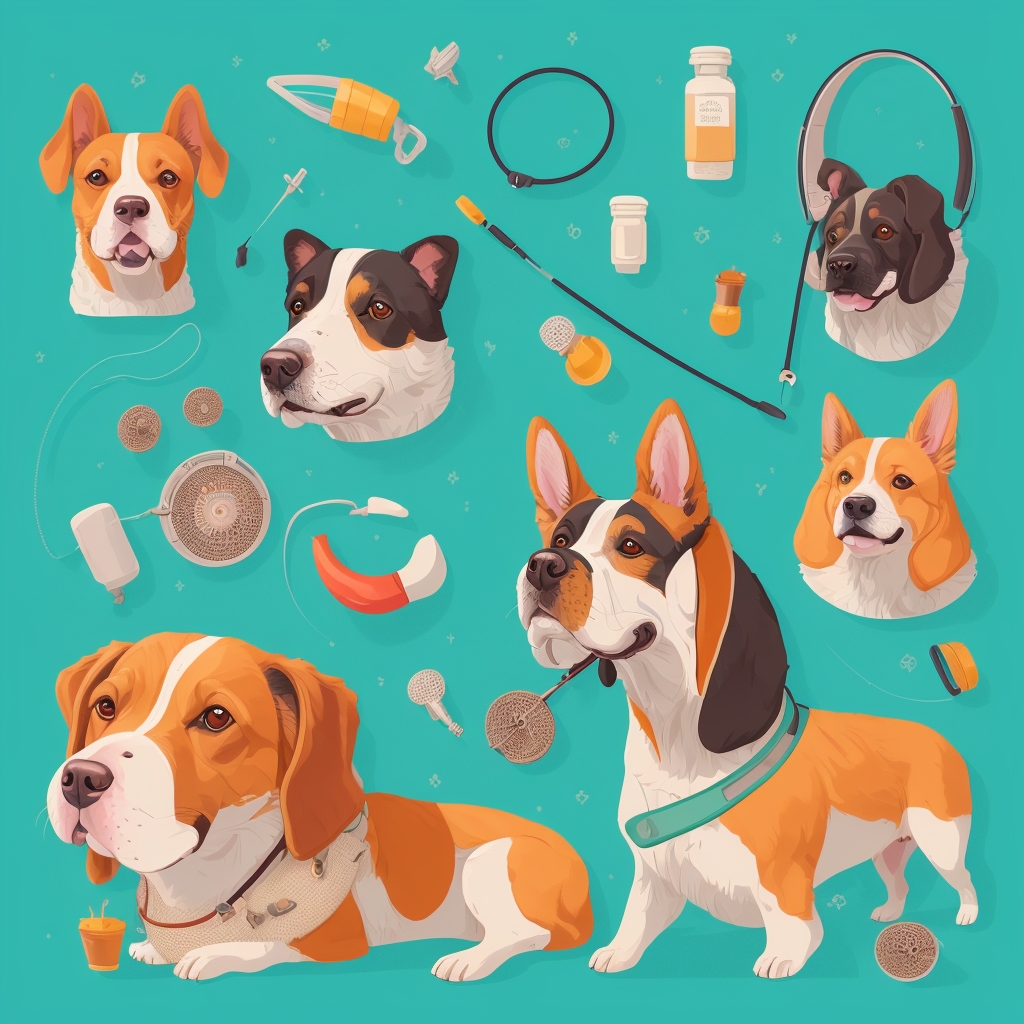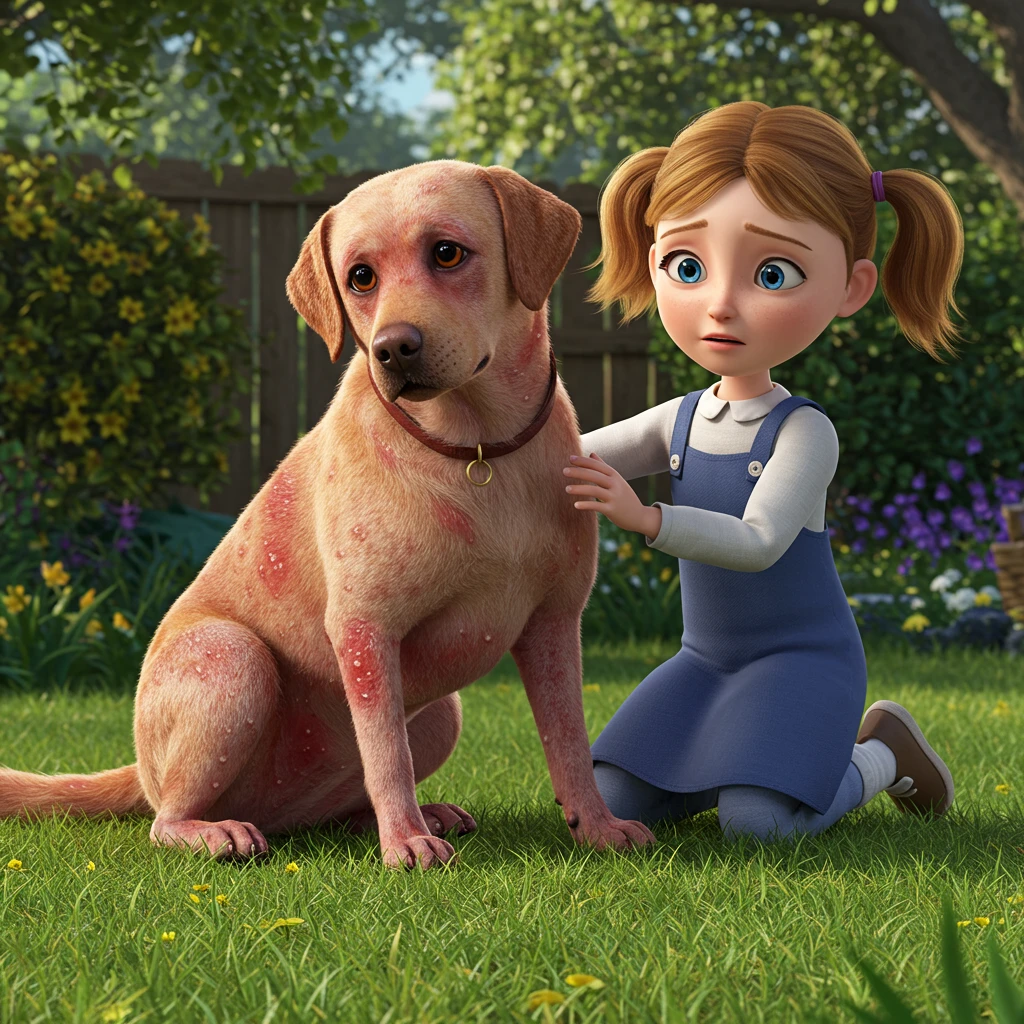Social isolation is an often-overlooked phenomenon that can have significant repercussions on dogs’ mental health. Like humans, these social animals need regular interaction with their peers and owners. A lack of social stimulation can lead to various behavioral problems, including depression. This article aims to explore the causes of social isolation in dogs, its consequences, and the best practices to remedy it.
Causes of Social Isolation in Dogs
1. Environmental Changes
Dogs are creatures of habit. A sudden change in their environment, such as a move, the arrival of a new pet, or even the loss of a family member, can cause a feeling of isolation. They may experience increased stress and withdraw socially.
2. Lack of Human Interaction
Dogs need regular interaction with their owners to feel fulfilled. A busy schedule, prolonged absences, or a lack of attention can lead a dog to feel neglected. This isolation can result in depressive behaviors.
3. Physical Isolation
Some dogs may be physically isolated, for example, when left alone in the yard or in a room for long periods. This type of isolation can also occur if a dog is tethered or confined without the possibility of interaction with other animals or humans.
4. Health Problems
Physical health problems, such as chronic pain or illnesses, can make a dog less inclined to interact. A dog that is suffering may withdraw and avoid social interactions, which can worsen its isolation.
Consequences of Social Isolation
1. Depressive Behaviors
Social isolation can lead to behaviors similar to depression in dogs, such as lethargy, loss of appetite, and a lack of interest in activities they previously enjoyed.
2. Aggression
A dog that feels isolated may develop aggressive behaviors, particularly towards other animals or even humans. This aggression can be a response to accumulated anxiety and frustration due to isolation.
3. Physical Health Problems
Depression and anxiety related to social isolation can also have negative effects on a dog’s physical health. A stressed dog is more likely to develop skin problems, digestive issues, and other health problems.
Concrete Examples and Use Cases
Case 1: Recently Adopted Dog
Max, a Golden Retriever, was adopted after living in a shelter for several months. Although he was very sociable at the shelter, he withdrew to a corner of the house after his adoption. His new owners, overwhelmed by their work, didn’t dedicate enough time to him. Max began to show signs of depression, such as refusing to play and losing his appetite.
Case 2: Working Dog
Rex, a Border Collie, worked as a sheepdog. After an injury, he could no longer participate in his usual activities. Isolated at home and unable to work, Rex became apathetic. His owners realized they needed to offer him alternative social interactions to help him overcome this difficult phase.
Key Points and Best Practices
1. Create a Stimulating Environment
Ensure your dog has access to interactive toys and stimulating activities. Puzzle games or food-dispensing toys can help maintain their interest and keep them engaged.
2. Schedule Regular Interactions
Dedicate time each day to interact with your dog. This can include walks, games, or even training sessions. These moments will strengthen the bond between you and your pet.
3. Socialization with Other Animals
Encourage interactions with other dogs. Dog parks or organized play sessions can be beneficial. This helps reduce feelings of isolation and strengthens your pet’s social skills.
4. Consult a Professional
If you notice signs of depression in your dog, it’s crucial to consult a veterinarian or an animal behaviorist. They can assess the situation and propose appropriate solutions.
5. Take Care of Physical Health
Ensure your dog receives regular veterinary check-ups to detect any potential health problems that could contribute to its isolation.
Conclusion
Social isolation in dogs is a serious issue that can have devastating consequences for their emotional and physical well-being. By understanding the causes of this isolation and applying appropriate practices, it’s possible to create a healthy and stimulating environment for your four-legged companion. The key lies in interaction and engagement, which help strengthen bonds with your pet and prevent depressive issues. Don’t wait for signs of distress to appear: take the initiative to ensure your dog has a rich and fulfilling social life.
Do you have any specific concerns about your dog’s social interactions or well-being that you’d like to discuss further?







